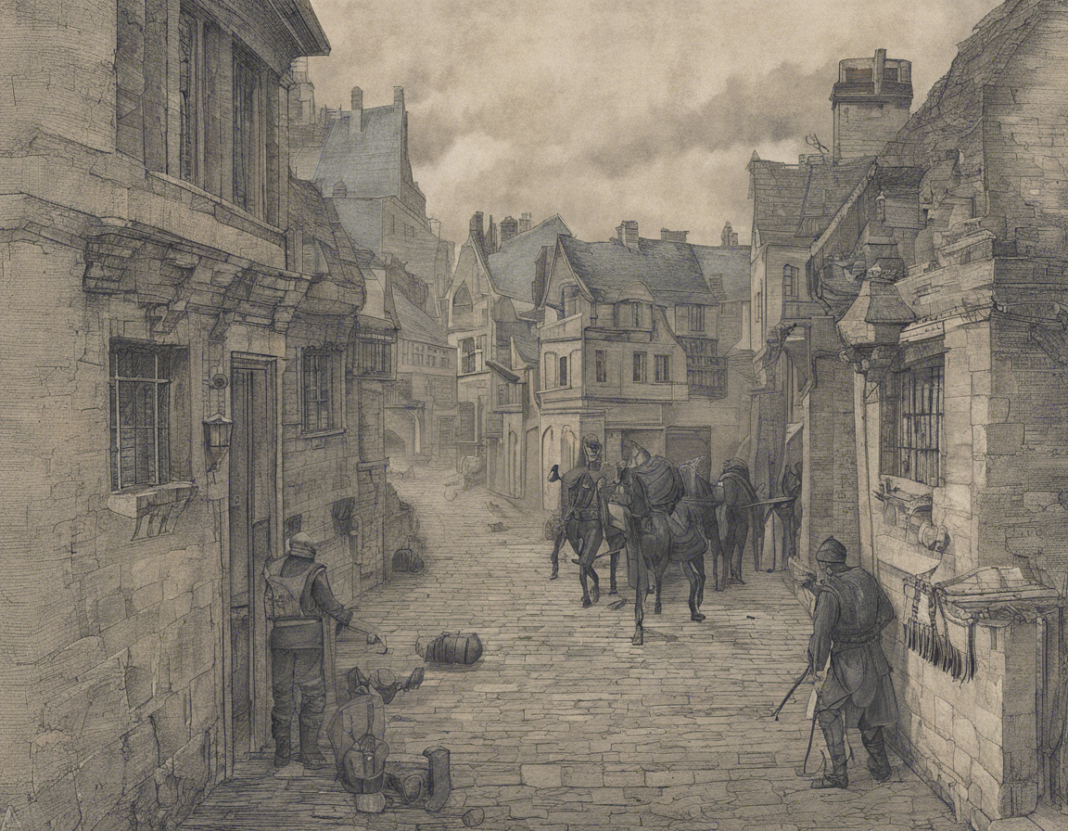In the shadowy world of thieves and criminals, there exists a unique code of honour that governs their actions and interactions. This code, often glorified in movies and literature, is a set of unwritten rules that dictate behavior, relationships, and ethics among individuals involved in illicit activities. From loyalty and trust to betrayal and consequences, understanding this code provides valuable insights into the complex world of criminals. In this article, we will delve deep into the popular code of honour among thieves to unravel its nuances and implications.
The Origins of the Code of Honour Among Thieves
The concept of a code of honour among thieves dates back centuries and has been idealized in folklore, mythology, and modern media. It is believed to have originated in the criminal underworld of Europe, where secret societies and guilds of thieves and bandits operated. These organizations established rules and protocols to maintain order, resolve disputes, and ensure mutual protection among members. Over time, this code evolved and spread to other parts of the world, influencing criminal subcultures globally.
Key Tenets of the Code
Loyalty and Trust
Loyalty is paramount in the world of thieves, where betrayal can lead to dire consequences. Members are expected to stand by their comrades, protect each other’s interests, and maintain confidentiality at all times. Trust is a currency among thieves, and those who prove disloyal or untrustworthy often face harsh retribution.
Respect and Integrity
Respect for fellow thieves, their skills, and their contributions is a fundamental aspect of the code of honour. Integrity in dealings, keeping one’s word, and upholding agreements are highly valued traits. Deception and dishonesty within the group are not tolerated and can result in excommunication or worse.
Dispute Resolution
Conflicts and disagreements are inevitable even among thieves. However, the code dictates that such issues should be resolved internally, without involving external authorities. Mediation, negotiation, or even duels may be used to settle disputes and maintain harmony within the criminal fraternity.
‘Omertà’ and Silence
The principle of ‘omertà’, borrowed from the Sicilian mafia, emphasizes the importance of maintaining silence and not cooperating with law enforcement. Thieves are expected to endure interrogation and imprisonment without revealing sensitive information or implicating their associates. This silence is seen as a mark of honour and a demonstration of solidarity.
Retribution and Justice
Violations of the code are met with swift and severe retribution. Punishments may range from ostracism and fines to physical harm or even execution. This strict enforcement of justice instills fear and ensures compliance with the rules of the criminal underworld.
The Myth vs Reality of the Code
While the code of honour among thieves is often romanticized in popular culture, its application in reality is far more nuanced. In the face of changing criminal dynamics, technological advancements, and globalized networks, traditional codes are being challenged and adapted. Loyalty and trust are tested by informants and infiltrators, while disputes are settled through violence or coercion.
The code’s emphasis on silence and secrecy is also under strain due to increased surveillance, forensic capabilities, and legal measures. Thieves must navigate a precarious balance between upholding the code and evading detection, leading to conflicts of interest and moral dilemmas.
Moreover, the code’s rigid hierarchy and patriarchal structures face criticism for perpetuating inequality, discrimination, and violence within criminal organizations. As society evolves, so too must the code of honour among thieves to remain relevant and effective in a modern context.
Frequently Asked Questions (FAQs)
1. Is the code of honour among thieves a real phenomenon?
Yes, the code of honour among thieves is a real concept that has historical roots in criminal organizations around the world. While its specifics may vary among different groups, the core principles of loyalty, trust, and justice remain consistent.
2. Are there consequences for breaking the code?
Yes, breaking the code of honour among thieves can have severe consequences, including expulsion from the group, physical harm, or even death. Maintaining the code is essential for survival and respect within the criminal fraternity.
3. How does technology impact the code of honour?
Technology presents both opportunities and challenges for the code of honour among thieves. While it enables faster communication and coordination, it also increases the risk of detection and surveillance. Thieves must adapt their practices to navigate these complexities.
4. Can the code of honour among thieves coexist with ethical values?
While the code of honour among thieves may conflict with conventional ethical values, it serves a distinct purpose within the criminal underworld. Understanding and respecting this code can shed light on the motivations and actions of individuals operating outside mainstream societal norms.
5. Is the code of honour among thieves relevant today?
Despite societal changes and advances in law enforcement, the code of honour among thieves continues to influence criminal behavior and relationships. Its enduring presence highlights the enduring power of tradition and loyalty in clandestine circles.
In conclusion, the code of honour among thieves offers a fascinating glimpse into the clandestine world of criminals and outlaws. Its complex rules, rituals, and consequences shape the interactions and decisions of individuals operating outside legal boundaries. By decoding the intricacies of this code, we gain a deeper understanding of the hidden dynamics that govern illicit activities and criminal subcultures.






